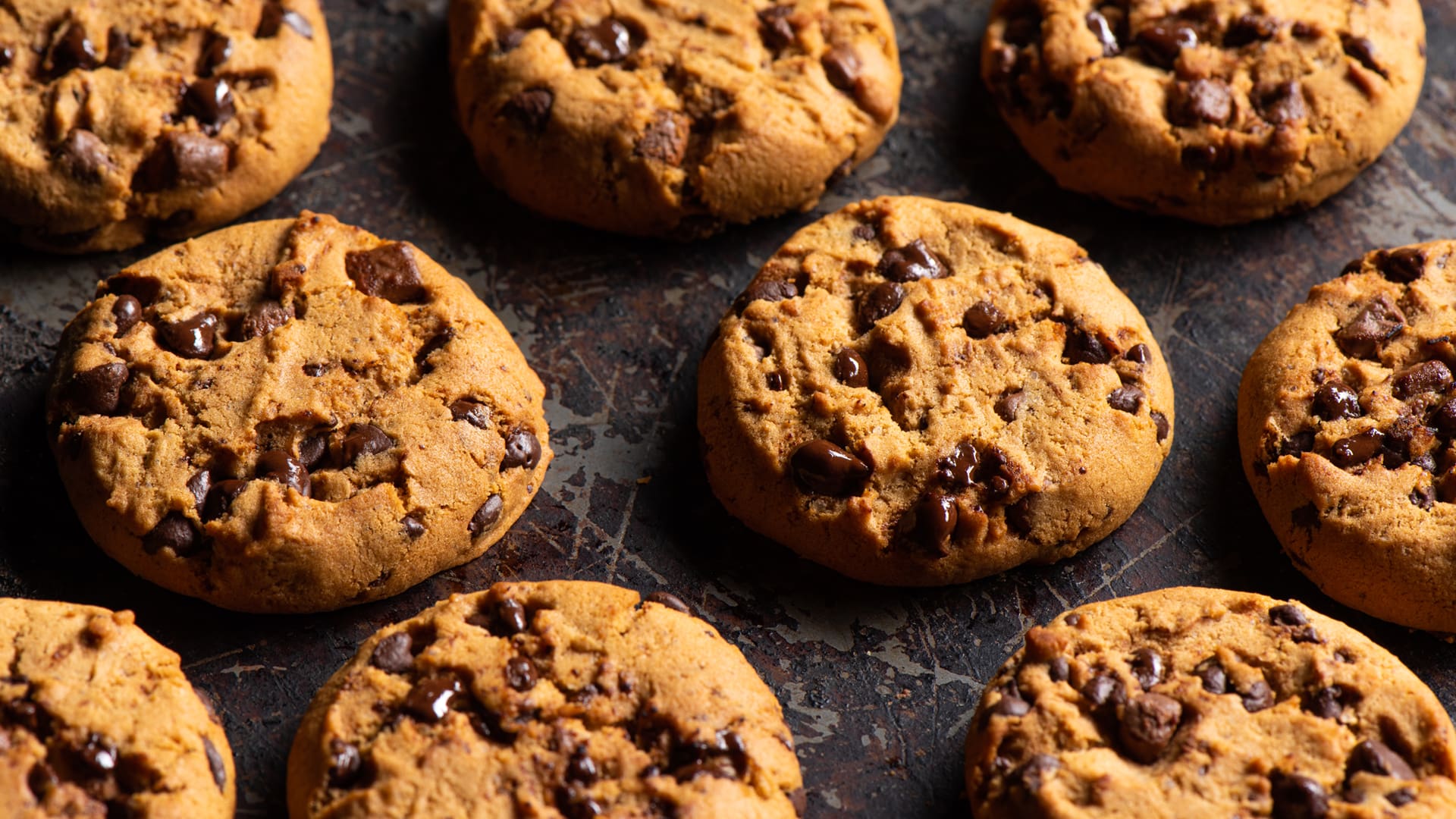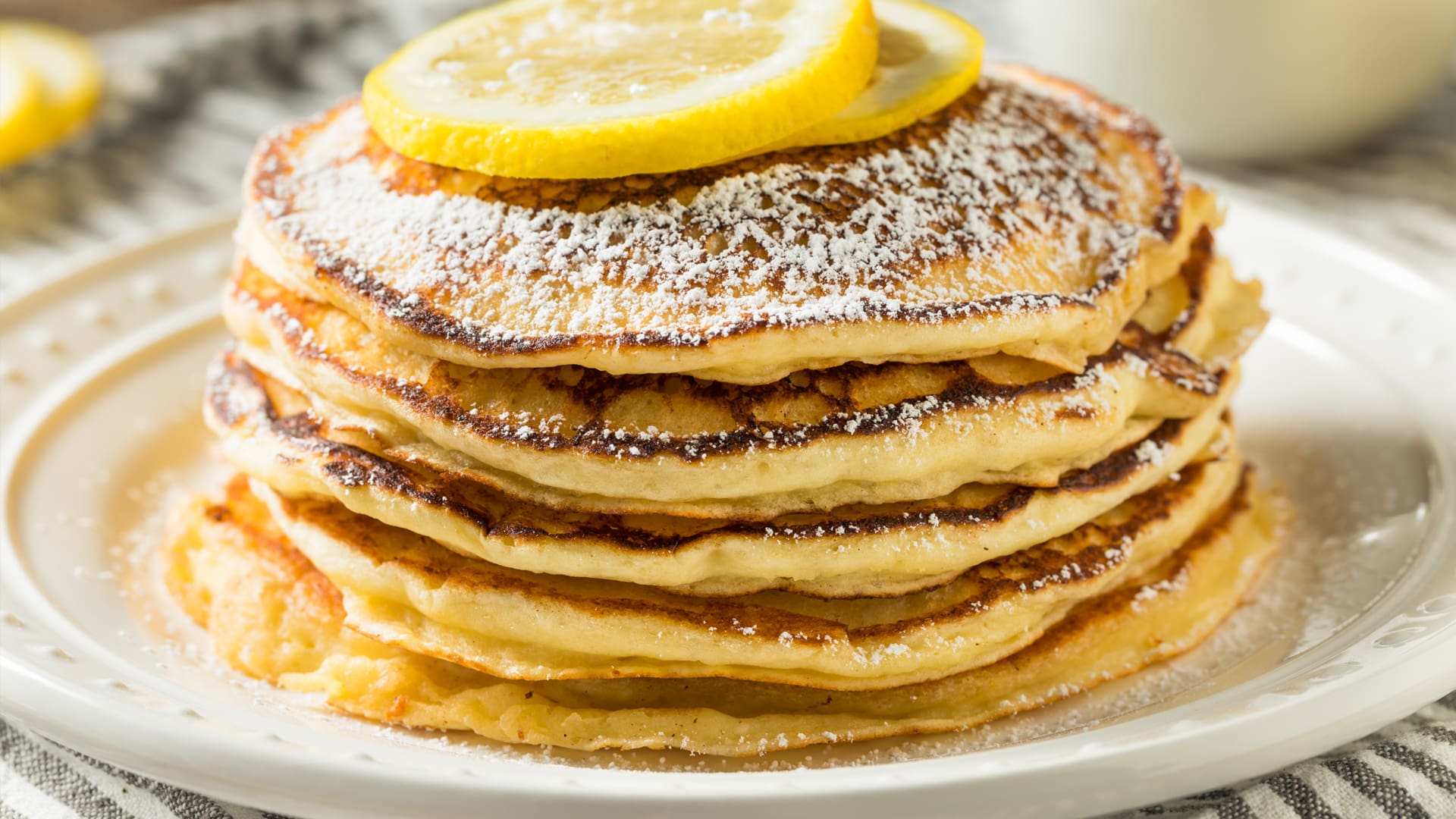September 2023
Coeliac Australia’s updated position statement encourages an individual approach to the inclusion of pure oats in the gluten-free diet. The following Q&As are intended to supplement the position statement and provide additional information. Read the position statement here.
What has changed in Coeliac Australia’s advice on the suitability of oats for those with coeliac disease?
Previously, oats have not been encouraged in the gluten-free diet in Australia. We are now encouraging those with coeliac disease to proactively discuss the suitability of pure oats with their dietitian and specialist.
While it is known that a small percentage of people with coeliac disease may react to oats, there is great nutritional benefit to those who are able to tolerate them. The gluten-free diet commonly lacks fibre and other important nutrients; the addition of uncontaminated (pure) oats to a gluten-free diet can help address these inadequacies. An improvement in quality-of-life scores has also been reported in those who include pure oats in their gluten-free diet.
A small bowel biopsy pre and post challenge has previously been prescribed as an essential part of the oat challenge. While biopsies may still be appropriate in some people, it is important that there be individual discussion with your specialist and dietitian to determine the best way to monitor oat tolerance for you.
Is the gluten-free standard changing? And will Oats be permitted in ‘gluten free’ foods?
Short answer: No.
The gluten-free standard and the requirement to declare oats as an allergen in Australia and New Zealand remains unchanged. Products that contain oats cannot be labelled ‘gluten free’.





